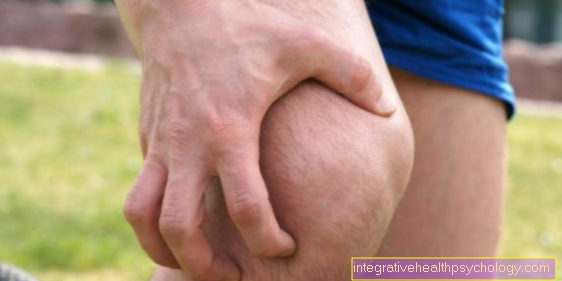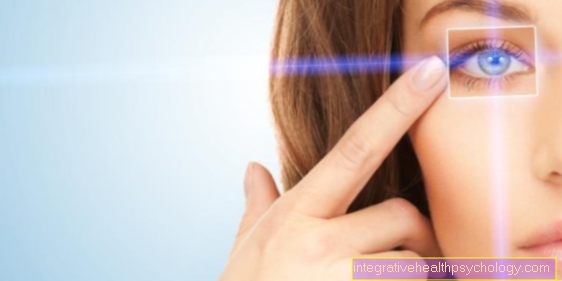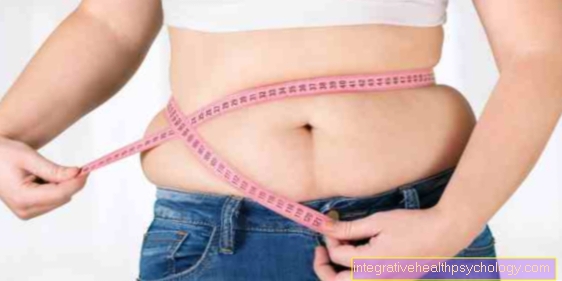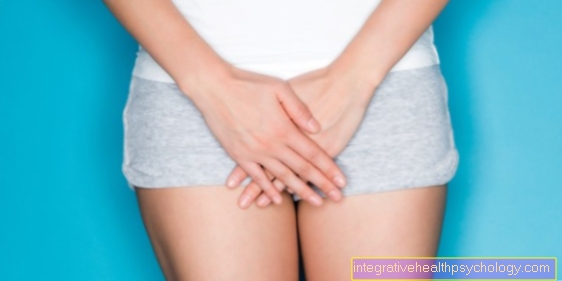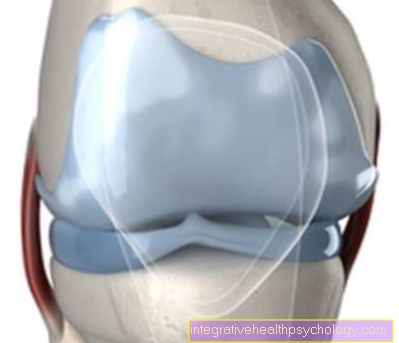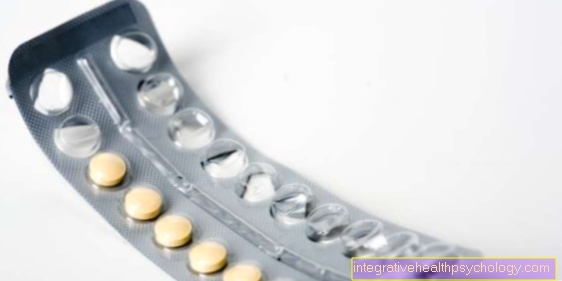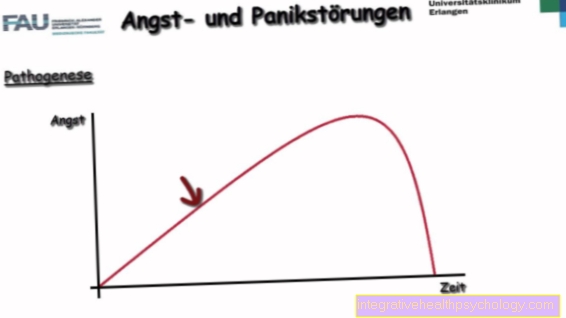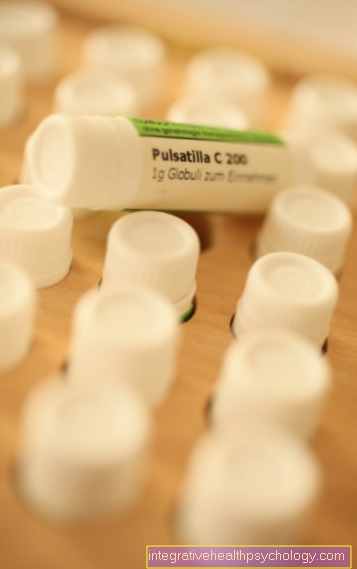White teeth from whitening
introduction
The wide variety of foods and soft drinks available on the market contain dyes and other ingredients that can discolour the surface of the teeth. For this reason, many people have strong discolorations in the area of the tooth surfaces, which are increasingly perceived by themselves and their surroundings as unsightly and annoying.
Since a good appearance and flawless teeth are becoming more and more important in our society, people suffering from tooth discoloration want a bright smile with white teeth.

As a rule, it is not just the presence of healthy, caries-free, but above all more beautiful, straight and white teeth that plays a decisive role. Tooth discoloration does not always indicate irregular or simply improperly performed oral hygiene.
Even perfectly healthy teeth can take on a yellowish or grayish hue due to various factors. In many of those affected, a certain genetic shift primarily affects the natural tooth color.
In addition, external causes can lead to tooth discoloration due to color particle deposits. Above all, the consumption of tobacco products, an unhealthy diet and the profession played play a decisive role in the development of tooth discoloration. In addition to the questionable use of special home remedies and the use of bleaching products for domestic use, many of those affected still rely on teeth whitening in the dental practice.
What methods can I use to bleach my teeth?
First of all, you have to distinguish the reason why bleaching should be carried out. Should only one tooth be lightened or should the entire set of teeth be lightened as a whole?
Often, teeth filled with root canals (see also: Root canal treatment) turn dark after the treatment. There is then the desire to adapt only one tooth to the remaining teeth. The whitening compound is placed in the upper part of the root canal. The tooth is then temporarily closed so that the gel is not washed out again. The mass is changed every week until the desired color is achieved.
The problem with bleaching in general is that the teeth whiten even further after the treatment is complete. This means that theoretically you have to stop inserting the gel before the tooth is as light as the others. Otherwise it is even brighter.
If all teeth should become lighter overall, there are again various techniques. Are in the drugstore brush, Strips for sticking or conventional rails With gel (e.g. iWhite Instant) available. With the help of the instructions for use, you should be able to do this independently at home. Since the freely available bleaching agents throughout Europe may contain a maximum of 6% H2O2 (hydrogen peroxide), the effect is often low. This raises the question of the price-performance ratio.
Home bleaching performs best. You get a splint made individually from plastic from the dentist. The splints fit exactly on your own teeth. In this way, the gel can be placed exactly where it should work, and is also gentle on the gums. At home you usually fill a pea-sized portion of each tooth into the splint. The splint is worn for 1-2 or a maximum of 4 hours per day. It is advisable to choose the evening because it should be worn at the same hour if possible. There is a risk of oversleeping overnight and leaving the gel in for too long. Depending on which level of lightening is to be achieved, the treatment is carried out over 1-2 weeks.
Please also read: Whitening - Which Method is Best?
The third method is called in-office bleaching on the dental chair at the dentist. The gel used is even more concentrated than what is used for home bleaching. The oral cavity is protected with a rubber dam called a rubber dam. The gums are also protected with viscous, solidifying rubber dam material. The gel is applied for 20-30 minutes and left to act. The gel is additionally heated with a UV lamp, which, as described for hydrogen peroxide, leads to a faster reaction.
How harmful is whitening to my teeth?
This is the issue between dentists and chemists. It is proven that when whitening minerals, such as Calcium removed from the enamel. This leads to a loss of hardness on the enamel surface. The enamel is less firm and less stable to abrasion. This means that you can remove some of the enamel with the toothbrush at this stage.
After bleaching, it is therefore important to use a toothpaste that contains minerals such as calcium, phosphorus and fluorine in order to strengthen the enamel again. Studies have shown that after just 10 days, the enamel is just as hard as it was before bleaching. However, healthy teeth were assumed there. Not every tooth reacts optimally again after the procedure.
What has to be reported very often is an oversensitivity to the heat and cold of the teeth. But that should also have normalized after a few hours or days. However, it is important to keep a break of at least 2-3 years between individual bleaching interventions so that the enamel has enough time to regenerate.
Whitening should not be used on teeth that have enamel defects or even from an enamel disease (e.g. Amelogenesis imperfecta) are plagued.
It is not harmful, but it is annoying if the veneers and crowns and even fillings appear much darker than the teeth after bleaching. With bleaching, only the natural tooth substance is lightened. Fillings remain in their original color and may need to be replaced.
Teeth whitening costs
For teeth bleaching, there is no billing item in the Bema (evaluation standard for dental services) or in the fee schedule. Therefore every dentist can choose his own prices. Since bleaching is not a medical, but only a cosmetic treatment (only discoloration is removed that is not harmful to health), the procedure must be paid for privately.
The costs therefore fluctuate, but the following prices apply as a guide: the over-the-counter set from the drugstore costs between 10 and 100 €. The splint, which is individually adapted to your own teeth, costs € 200-400 once. The refillable bleaching gel from the tube is available for € 20-50. This method is the cheapest in terms of price-performance ratio because the splint can be used again after years. In-office bleaching costs € 400-600 once. If this method is additionally supported by laser and light treatment, the price is around € 700. With root canal-filled teeth, i.e. with the walking bleach technique of a single tooth, you can assume around 50-150 € per tooth.
Hydrogen peroxide
The most commonly used gel is that Carbamide peroxide. As the name suggests, it consists of Carbamide and Hydrogen peroxide (H2O2). The hydrogen peroxide is the real bleach. It will also be at Hairdresser for coloring hair or in Cleaning products used.
The carbamide is a tasteless, colorless gel that has the task of slowly releasing the H2O2 gradually.
As with any chemical reaction, when the gel is heated, the process is faster. In the mouth, where the temperature is around 35-36 degrees, H2O2 is released from the carbamide peroxide gel for about 8 hours. Although only very small amounts of H2O2 are released, 8 hours would be too long for home bleaching.
The over-the-counter bleaching sets have a maximum of 6% H2O2 content. Anything over 6% can only be obtained from the dentist or on prescription. In office bleaching, a 40 percent gel is sometimes used. There are already toothpastes with peroxide content that promise a brighter result after several weeks. This toothpaste should be used twice a day for over two weeks instead of the normal one. However, these toothpastes can only remove superficial stains caused by coffee or red wine.
In principle, you can also use pure H2O2 for bleaching. Either you prepare a solution yourself with water or buy 2 to 3.5 percent solutions in the pharmacy. You can rinse your mouth with this solution for about 20 seconds. However, there is no guarantee that the desired result will be achieved. In addition, the solution comes into contact with the gums and the lining of the mouth, which can lead to great damage.
It is best to seek advice from a specialist, namely the dentist, beforehand.
Whitening at home
Since professional teeth whitening in the dental practice is often quite expensive, many patients suffering from tooth discoloration want a simple but effective way of being able to carry out bleaching at home. For this reason, various manufacturers offer inexpensive bleaching products for home use.
All of these products usually have a good whitening effect and can be safely used by users with healthy tooth enamel. The use only becomes problematic in people who have carious defects, signs of wear and tear in the area of the tooth enamel or inflammation of the gums. Even for patients who suffer from severe receding gums, the creation of white teeth through whitening at home can be problematic.
In addition, it must be taken into account that the bleaching effect on root-filled teeth is usually much less than on healthy teeth. For this reason, there can be significant color differences in home bleaching. White teeth can generally be produced relatively easily through so-called home whitening. Some sufferers use special whitening strips or gels that are very easy to use. A better method in terms of the whitening effect is to apply bleaching substances to a previously made-to-measure tooth splint.
Whitening with strips
The strips are free-for-sale products that can be obtained in the drugstore or pharmacy. They are already coated with the peroxide. They are simply glued to the teeth. This method is simple and safe because the correct amount of the gel has already been applied and there is no damage to the enamel. In addition, the gel does not come into contact with the gums, which is gentle on them.
There are many different types available on the market that are specially designed for patients with sensitive teeth or irritated gums. It is important not necessarily to take the cheapest. These may not be effective and therefore again expensive in terms of price-performance ratio. You should always look for a seal that attests to the quality of the product.
Whitening with gel
In addition to the carbamide peroxide gel, there are other gels that are available either as a pencil for drawing on or in a bottle with a brush. Here you have to consider which method is best for you. The pen only releases small portions, whereas too much gel often hangs on the brush. Depending on the liquid, the gel can then flow from the tooth surfaces and reach the gums, which are irritated as a result.
Whitening at the dentist
In a direct comparison between home bleaching and teeth whitening in the dental practice, the professional method impresses with the many times more convincing results. While the original tooth color can only be lightened by about one or two color levels with bleaching at home, teeth that are whitened by up to eight levels are possible in the dental practice (especially with so-called power bleaching).
Regularly performing a so-called professional tooth cleaning (short: PZR) without the use of whitening products can lead to visibly whiter teeth in the long term. With the additional implementation of a whitening, the teeth can even be lightened by several tooth colors.
The extent of the whitening effect depends strongly on the individual tooth structure and the genetically determined tooth color of each patient. For this reason, the end result of whitening for white teeth is only partially predictable. On average, a lightening effect of two to three color levels can be expected. So-called power bleaching even provides a result of up to eight shade levels for most patients.
In order to achieve white teeth through whitening in the dental practice, highly concentrated preparations are used which, if used incorrectly, can damage the gums. For this reason, these products may only be used by qualified personnel. In addition, it is imperative to completely cover the gums in advance with a rubber-like cover (so-called cofferdam) or similar shielding materials. The dentist in charge can then apply the whitening material directly to the tooth surface to produce white teeth.
In most cases it is a viscous gel. The preparation must remain on the tooth for a certain period of time (approx. 15-45 minutes) after application; the bleaching effect can be intensified during this exposure time by using a UV lamp. After the duration of action has been adhered to exactly, the gel must be completely rinsed off the tooth surface. In order to achieve the best possible, long-lasting result, it may be necessary to repeat this procedure in a second treatment.
In patients with root-filled teeth, such a whitening can also be done by inserting a special whitening material into the dead tooth.This approach makes sense because root-filled teeth usually tend not to accept external whitening as well as a healthy tooth. In order to ensure a uniform treatment result, bleaching can be carried out over a period of several days.
White spots on teeth after whitening
White spots on your teeth are either a sign that you received too much or too little fluoride as a child. Most of the time, after the orthodontic treatment, the areas on which the braces were placed are decalcified.
Learn more about: Fluoridation of teeth
During bleaching, the enamel is roughened and minerals are removed from it. The decalcified areas are even more mineral-free than before and appear even lighter. Since the tooth enamel is not homogeneous, there are also decalcified stains in the tooth that were not lighter before. These appear immediately after bleaching. The tooth becomes very dry during the whitening treatment, so the white spots are particularly noticeable.
After 24 hours, however, the tooth should have recovered from the treatment, absorbed sufficient moisture and the white spots should be gone again.
Unfortunately, you can never predict the result across the board, so there is always a risk that these stains will still be visible after bleaching.




